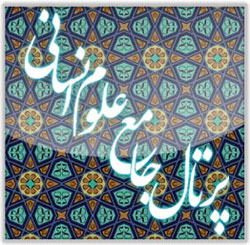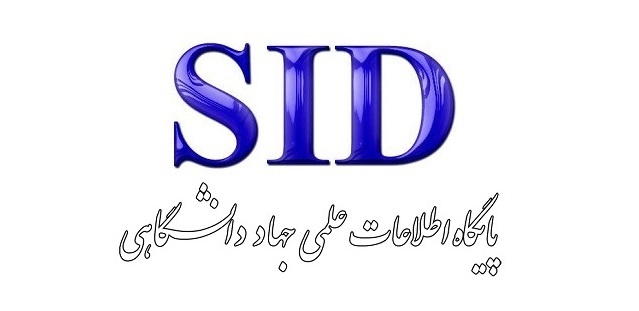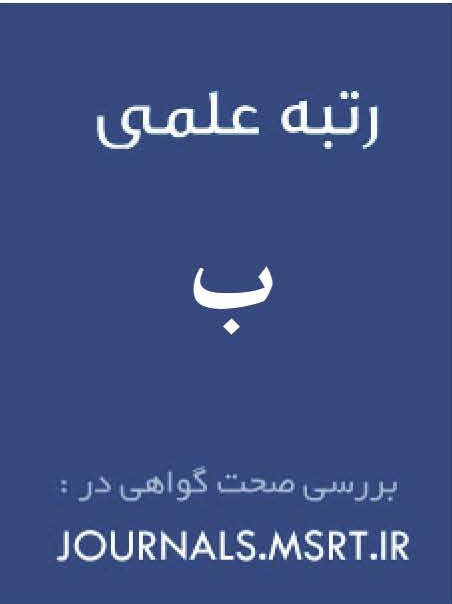Psychoanalytic Critique of the Characters in Mahmoud Dowlatabadi’s Novel Kelidar (Based on the Theories of Freud, Jung, and Adler)
Keywords:
Key, psychological criticism, psychological theories, personalityAbstract
The present article, adopting the approach of psychological criticism—a branch of modern literary criticism—aims to contribute to a deeper understanding of literary works and their creators. This method of critique and analysis focuses on the hidden dimensions, as well as the internal and psychological states, of the author and the characters. It assists the reader in achieving a more comprehensive perception of the literary work and in attaining a greater familiarity with its meaning and essence. The current study, using a descriptive-analytical method, investigates and critiques the characters in the novel Kelidar through the lens of psychological theories developed by prominent thinkers such as Freud, Jung, and Adler. The central question addressed in this study is: what is the psychoanalytic profile of the characters in Kelidar according to the theories of Freud, Jung, and Adler? The findings indicate that this novel, which is based on real events, portrays the multifaceted personalities of its main characters. Each character is accompanied by a "mask," "shadow," and "id," and they frequently undergo personality disturbances. Nevertheless, with the aid of their inner strength and the guidance of a wise elder, some characters—such as Gol-Mohammad and Zivar—achieve inner peace, while others—such as Belqis and Sattar—come into alignment with their own masks and, in the role of the wise elder, support other characters in the pursuit of individuation and self-realization.
Downloads
References
1. Yavari H. Psychoanalysis and Literature: Two Texts, Two Humans, Two Worlds. Tehran: Sokhan Publishing; 2008.
2. Fathian. Characteristics of Story Characters in Dowlatabadi's Kalidar. Bu-Ali Sina University2008.
3. Alavi Z. Sociology of the Novel Kalidar. Payam Noor University2011.
4. Jangali A. Psychological Analysis and Critique of Heroic-Mythological Characters in Shahnameh. Shahid Madani University2012.
5. Azahari M. Psychoanalytic Critique of Abbas Maroufi's Works. Alzahra University2013.
6. Heidarian Ataabadi R. Psychological Critique of Abbas Maroufi's Novel 'The Body of Farhad'. Alzahra University2013.
7. Soltani F. Character and Characterization in Kalidar. Arak University2014.
8. Khatami A, Shakeri A. An Archetypal Reading of the Description of Maral in Kalidar. Journal of Literary History. 2014(2):61-76.
9. Taheri H. Review and Critique of Freud's Theory on the Origin of Religion. New Religious Thoughts. 2010(25).
10. Ranjbar Kohan Z, Salimian E, Samsam Shariat SMR, editors. Functional Analytic Psychotherapy (FAP): Therapeutic Approaches and Concepts Presented at the Global Conference on Psychology, Educational Sciences, Law, and Social Sciences at the Dawn of the Third Millennium2016.
11. Mobasheri M, Karimi T. Cognitive Analysis of the Image of Deer in Divan-e Shams. Mystical Literature Research. 2015;9(2).
12. Davoudnia N, Seraj Khorrami N, Jolazadeh Esmaili AA. Critique of Keykhosrow's Character Based on Abraham Maslow's Theory. Women and Culture. 2014;7(2):25-46ER -.
13. Cheheltan AH, Faryad F. We Are Also a People. Tehran: Farshteh Moaser and Cheshmeh PublishingER -; 2001.
14. Martin W. Narrative Theories. Tehran: Hermes Publishing; 2019.
15. Dowlatabadi M. Kalidar. Tehran: Farhang Moaser Publishing; 2007.
16. Lothe J. Introduction to Narrative in Cinema. Tehran: Minuye Kherad Publishing; 2009.
17. Karimi Y. Psychology of Personality. Tehran: Publishing and Editing Institute; 2013.
18. Ghanoun Parvar MR. The Rise of a Rebel: Narrative Strategy in Kalidar. Iran Nameh Journal. 2008(26):355-66.
19. Schultz D, Sydney A. Theories of Personality. Tehran: Homa Publishing and Editing Institute; 2016.
20. Shir Mohammadi A. Twenty Years with Kalidar. Tehran: Koochak Publishing; 2001.
Downloads
Published
Submitted
Revised
Accepted
Issue
Section
License
Copyright (c) 2025 ندا محمدی (نویسنده); محبوبه خراسانی; مجتبی انصاری (نویسنده)

This work is licensed under a Creative Commons Attribution-NonCommercial 4.0 International License.








